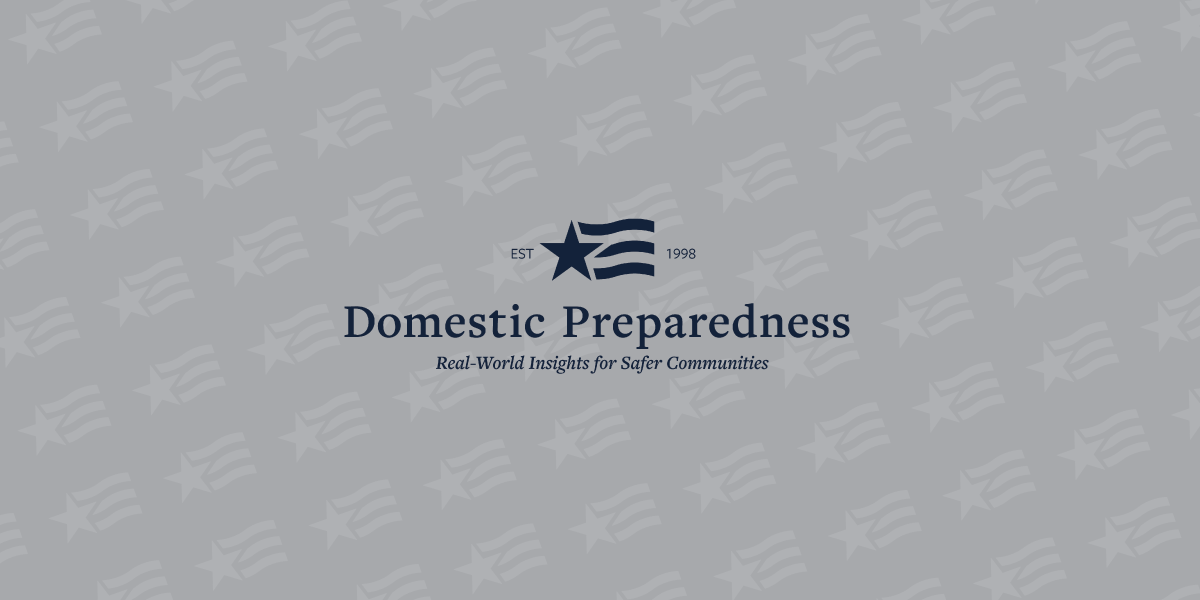Special events test the preparedness, patience, and persistence of every person involved in an emergency management operation. Fortunately, emergency management professionals have developed many templates, checklists, and best practices to assist in the event planning, assessment, training, and exercise processes.
Planning Events Events – with many issues related to location, date, and time – are critical tools for community development, institutional advancement, and general public entertainment. The event’s level of importance often reflects the community’s pride, patriotism, and competitive spirit. It is important to ensure that such events provide tangible value and support external and internal goals, key objectives, and outcomes, as well as long-term value.
Plans include rental equipment, speaker invitations, participant invitations, venue worksheets, volunteer worksheets, and most importantly safety and emergency planning details with access to worksheets, tickets, and other detailed personnel and property information. Common issues related to pre-event planning include: the permit-approval process; as well as legal, liability, political, economic, and attendee issues.
The sooner emergency managers are involved in the planning process, the better. Although they would not control the process, emergency managers should be knowledgeable of the plans, so they can advise ways in which to maximize the safety and security of everyone involved before, during, and after the event. As with any planning process, emergency managers first assess the risks and look for potential hazards.
Assessing Hazards Conducted routinely as part of the emergency planning process, hazard analysis is the decision-making process toentify and analyze potential hazards appropriate for special event planning. Because of the potentially large number of participants and attendees, special events may present a greater risk for incidents and provide targets of opportunity for criminal and/or terrorist elements, such as the Boston Marathon bombings in 2013.
Conducting a hazard analysis involves four steps:
- Identify the hazards facing the jurisdiction from several sources, including existing analyses, historical data on similar events or hazards, and statistical data such as forecasts and history;
- Weigh and compare the risks to determine which hazards pose the greatest threat;
- Profile hazards and consequences; and
- Determine vulnerabilities unique to the specific event.
Training Personnel The Federal Emergency Management Agency (FEMA) provides an extensive online independent study course on special event planning for emergency managers, students of emergency management, as well as public, private, and nonprofit leaders: S-15.B: Special Events Contingency Planning for Public Safety Agencies. To help determine which risks pose the greatest threat, the course lists the following considerations:
- Frequency of occurrence – How often does this hazard occur?
- Magnitude and potential intensity – How bad could this hazard get?
- Location – Are some areas of the jurisdiction more likely to be affected by this hazard than others?
- Probable spatial extent – How much of the jurisdiction is likely to be affected?
- Probable duration – How long is the hazard likely to pose a threat?
- Seasonal pattern – Is the hazard more likely to occur during certain months of the year?
- Speed of onset and availability of warning – How fast would an incident involving this hazard threaten lives and property? If the hazard does not threaten lives and property, what degree of disruption could it cause? Is there a way to warn against this hazard?
This course is especially helpful for emergency managers, personnel from emergency operations organizations – such as law enforcement, fire, medical services, and public works – and representatives from other public and private community organizations for whom special event planning is not a regular responsibility. This course takes about four hours to complete, offers 0.4 continuing education credits, and has been reviewed for doctrine-related changes (updated 31 October 2013).
This course also provides information related to pre-event planning, formation of the planning teams, event hazard analysis, and response to incidents during special events. Although specific public safety agency personnel engaged in special event planning must consider relevant statutes/ordinances and codes, this course includes an extensive, downloadable, job-aid manual that describes:
- A process for defining the particular special event;
- An approach forentifying a special event contingency planning team;
- A procedure for conducting a hazard analysis for a special event; and
- A plan for using the incident command system (ICS) in response to an incident within the event.
There is no formal prerequisite for S-15.B, but FEMA recommends completion of IS-700 (National Incident Management System [NIMS], An Introduction) and IS-100 (Introduction to Incident Command System), which are especially helpful for providing perspective.
Exercising & Learning Lessons A compelling way to launch the planning process for a special event is to recreate a similar scenario in the local exercise program. Planning, training, and exercising the options help boost attendance, build excitement, and promote a sense of community around the group that is hosting the event. More group exercise directors must design, organize, and market these types of events at their facilities.
The Homeland Security Exercise and Evaluation Program (HSEEP) adapts easily to the planning process for special events. Using the case studies of past emergencies incurred during actual events is an especially effective and interesting way to build team capability before the planned event and to discover gaps in the event-planning process.
Whatever the approach, the majority of work required for any special event happens well in advance of the “big day.” Emergency managers often inject worst-case scenario concerns to address weaknesses early in the planning process, before the pressure of the ongoing event increases in difficulty and in potential for harm and disaster.
The U.S. Department of Homeland Security’s Lessons Learned Information Sharing website (LLIS.dhs.gov) shares lessons learned that can help plannersentify areas of improvement and corrective actions before the event. LLIS resources help special event planners: develop a regional event public safety plan; address mutual aid during a regional special event; disseminate accurate information about the event through text message alert systems and comprehensive signage; understand the importance of working with local departments of transportation; and establish committee/working groups to address crowd-management issues, pedestrian routes, and entry-gate queuing procedures. These additional resources from LLIS include:
- “Special Event Planning: Utilizing Geographic Information Systems to Map the Event’s Boundaries” (10 July 2008)
- “Special Event Planning: Conducting a Full-Scale Exercise Prior to a Special Event” (5 November 2010)
- “National Special Security Events Transportation Planning for Planned Special Events” (27 May 2011)
- “Special Event Planning: Developing a Regional Event Public Safety Plan” (9 March 2012)
- “Special Event Planning: Developing a Text Message Alert System” (3 September 2010)
- “Special Event Planning: Providing Special Passes or Tickets to Undercover Officers” (19 May 2006)
- “Special Event Planning: Establishing a Centralized Area for Bus Parking During Planned Large-Scale Events” (22 January 2010)
- “Special Event Planning: Incorporating Technology Tools in Pre-Event Exercises” (9 February 2007)
- “Special Event Planning: Ensuring Effective Crowd Management at a Planned Large-Scale Event” (4 September 2009)
- “Applications of ITS for Planned Special Events in Texas” – an intelligent transportation systems (ITS) overview that examines three case studies showing benefits of ITS in planned special events

Kay C. Goss
Kay Goss has been the president of World Disaster Management since 2012. She is the former senior assistant to two state governors, coordinating fire service, emergency management, emergency medical services, public safety, and law enforcement for 12 years. She then served as the associate Federal Emergency Management Agency director for National Preparedness, Training, Higher Education, Exercises, and International Partnerships (presidential appointee, U.S. Senate confirmed unanimously). She was a private-sector government contractor for 12 years at the Texas firm Electronic Data Systems as a senior emergency manager and homeland security advisor and SRA International’s director of emergency management services. She is a senior fellow at the National Academy for Public Administration and serves as a nonprofit leader on the board of advisors for DRONERESPONDERS International and for the Institute for Diversity and Inclusion in Emergency Management. She has also been a graduate professor of emergency management at the University of Nevada at Las Vegas for 16 years, Istanbul Technical University for 12 years, the MPA Programs Metropolitan College of New York for five years, and George Mason University. She has been a certified emergency manager for 27 years; Arkansas Tech University Emergency Management and Homeland Security Program Advisory Council Member for 28 years; Metropolitan College of New York Emergency Management and Homeland Security Advisory Council for 15 years; and founder of the FEMA Higher Education Program, established in 1994.
- Kay C. Gosshttps://domprep.com/author/kay-c-goss
- Kay C. Gosshttps://domprep.com/author/kay-c-goss
- Kay C. Gosshttps://domprep.com/author/kay-c-goss
- Kay C. Gosshttps://domprep.com/author/kay-c-goss






